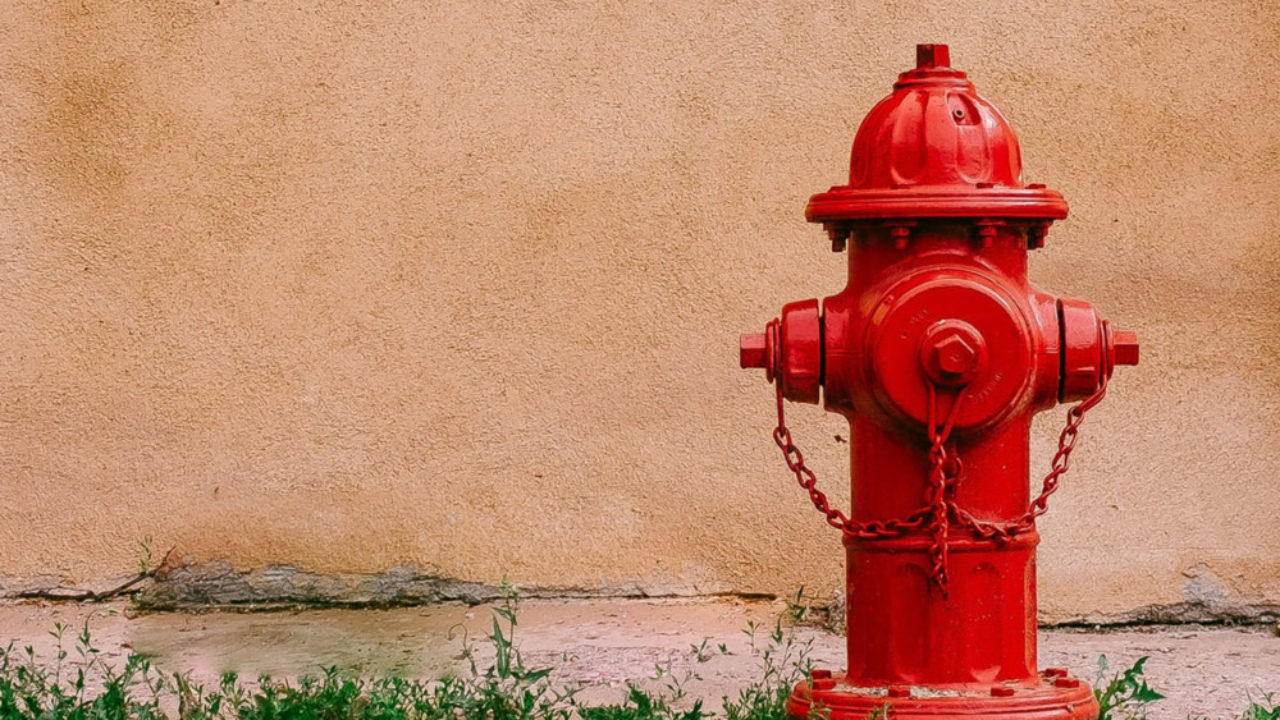A fire hydrant is a pipe that allows water to flow from a water main with the control of a valve in order to put out a fire. Fire Hydrant Protection System is designed to fight fire of huge proportions, in all classes of risks. It is designed to be in operation even if a part of the affected structure collapses.
Dry Hydrant
Dry barrel fire hydrants are installed in areas with frost, where the water supply is below the frost line. Dry hydrants are available in three versions: slide-gate, toggle, and compression mechanisms.
No water remains in the hydrant’s system after it’s been used as the water valve is deep underground in the hydrant’s base. This reduces the risk of freezing and frost damage to the hydrant.
When firefighters need to utilize the dry barrel hydrant, they open a valve on top of the hydrant and insert their hose into it. The drain valve within the hydrant. The drain valve within the hydrant then opens, allowing water to enter, which firefighters use to extinguish the fire.
Wet hydrant
Wet barrel hydrants are designed with their shut-off device directly at the outflow nozzle for firefighters to connect their fire hose.
With the valve of each outlet operating independently, this fire hydrant type has an advantage over its dry barrel counterpart. It is easy to repair its mechanical parts and make adjustments as they are located above ground.
Differences between Dry Barrel Hydrant & Wet Barrel Hydrant
| Dry Barrel Hydrant | Wet Barrel Hydrant |
|---|---|
| Dry barrel hydrants are used in frigid regions where the temperature drops below water freezing temperature. | Wet barrel hydrants are used in warmer climates. |
| The water in a dry barrel is kept below ground to avoid freezing. | Its water is placed aboveground. |
| Dry barrel hydrants are more expensive and difficult to construct | Wet barrel hydrants are easier and cheaper to construct. |
| Maintaining dry barrel hydrants is more difficult due to limited access. | Maintaining wet barrel hydrants is easier due to better access. |
Differences between red and yellow fire hydrants
NFPA code 291 is designed so that any firefighter can go anywhere in the United States and know how much water he or she should expect out of a particular fire hydrant based on its color.
This code is only a guideline. The agency or service that maintains fire hydrants in each is not required to paint them in this manner.
| Colour | Hydrant class | Gallons per minute |
|---|---|---|
| Red | Class C | Less than 500 |
| Yellow | Class B | 500-999 |
| Green | Class A | 1000-1499 |
| Dark Blue | Class AA | 1500 or more |
What Are The Uses of Fire Hydrants?

· Line Flushing: Due to its high flow capability and easy operation, fire hydrants can swiftly remove sediments from water lines.
· Testing System: To test the hydraulic capacity of the distribution system, fire hydrants can be used.
· Other common uses: Fire hydrant also serve as a water source for commercial construction work, sewer cleaning, street construction, street cleaning, and more.